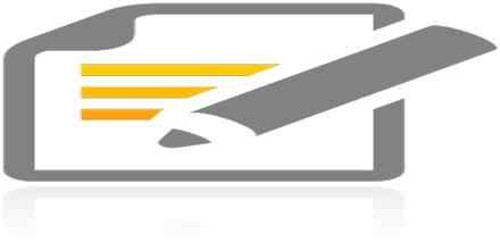A capital asset is a long-term asset that is held by a company or individual to generate income or increase in value over time. Examples of capital assets include real estate, stocks, bonds, and equipment. Capital assets are typically held for a long period of time, often several years or more, and are not intended to be sold or converted into cash in the short term.
Capital assets are recorded on a company’s balance sheet as an asset and are reported at their original cost less any accumulated depreciation. The depreciation of a capital asset reflects the reduction in its value over time due to wear and tear, obsolescence, or other factors. This depreciation expense is recognized on the income statement and reduces the company’s net income.
A capital asset is defined as any property held by an assessee, whether related to their business or profession or unrelated to their business or profession. It encompasses all types of property, whether mobile or immobile, tangible or intangible, fixed or circulating. Thus, capital assets include land and buildings, plant and machinery, automobiles, furniture, jewelry, route permits, goodwill, tenancy rights, patents, trademarks, shares, debentures, securities, units, mutual funds, zero-coupon bonds, and so on.
Capital assets are an important part of a company’s long-term strategy and can provide significant value to the business over time. They can also be used as collateral for loans or other forms of financing.
Homes, cars, investment properties, stocks, bonds, and even collectibles or art are examples of capital assets. A capital asset is an asset with a useful life of more than a year that is not intended for sale in the normal course of business. As a result, it is also a type of production cost. For example, if a company purchases a computer for use in its office, the computer is classified as a capital asset. If another company purchases the same computer to resell, it is classified as inventory.
Buildings, computer equipment, machinery, and vehicles are examples of capital assets. Companies in asset-intensive industries tend to invest a large portion of their funds in capital assets. The following characteristics define a capital asset:
- It is expected to last for more than a year.
- Its acquisition cost exceeds a minimum amount set by the company, known as the capitalization limit.
- It is not expected to be sold as part of normal business operations, as inventory is.
- It is not easily convertible into cash.
When it comes to taxes, capital assets are defined differently. A capital asset is any property owned by a taxpayer that is not inventory or accounts receivable for tax purposes.
















